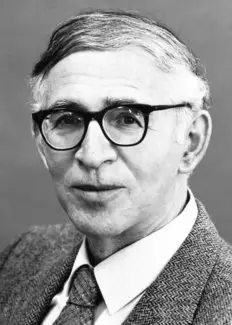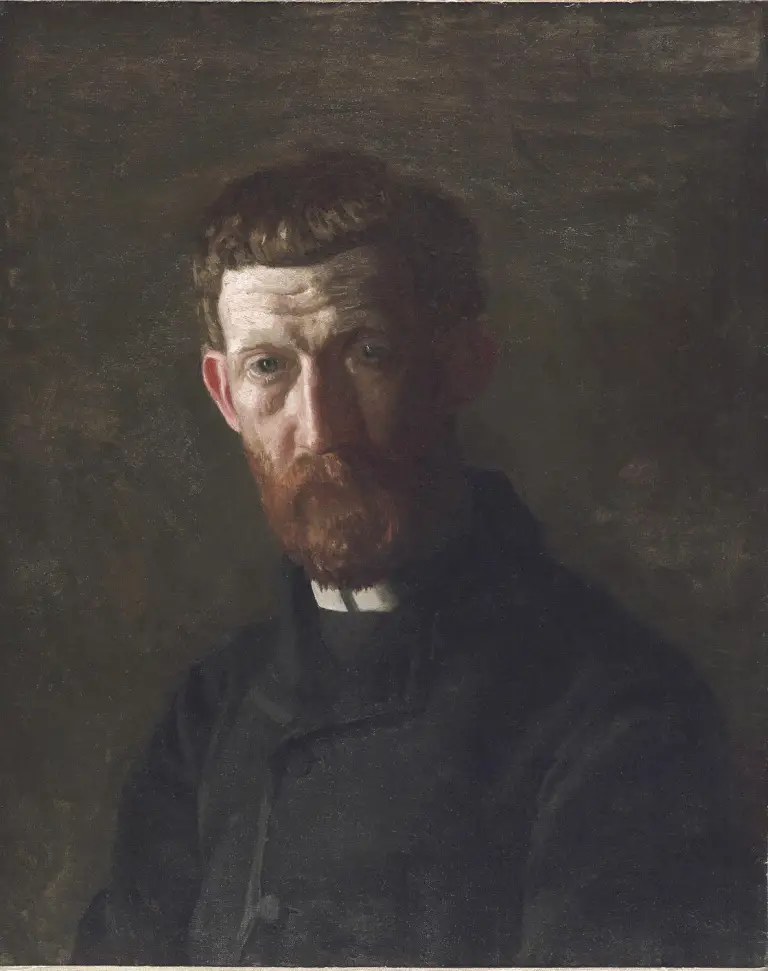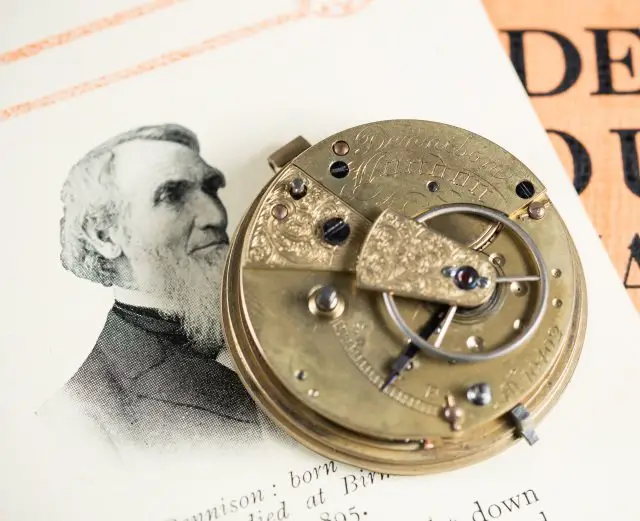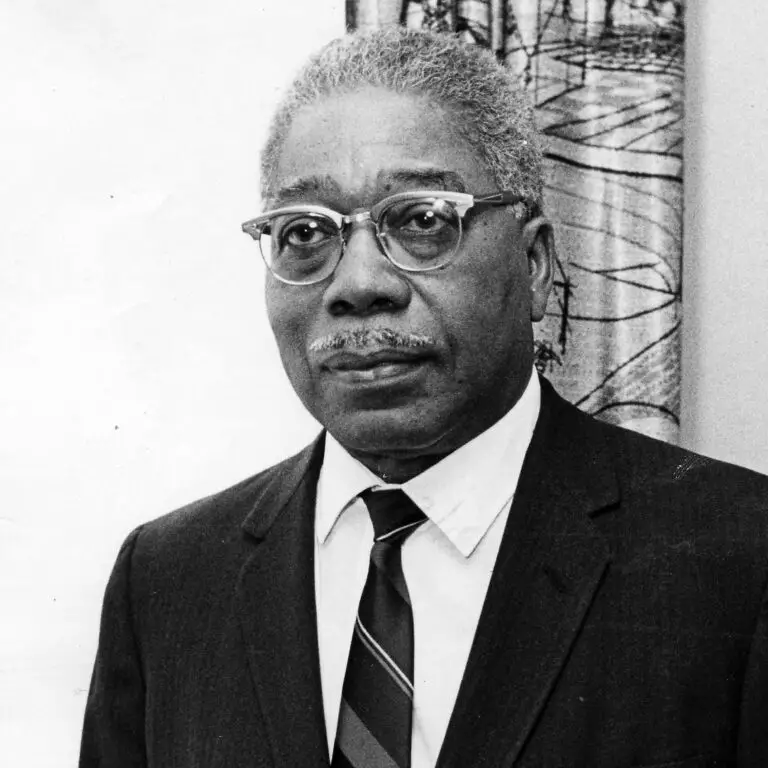Aaron Klug Biography: A Deep Dive Into The Scientist’S Life
Delving into the story of one of the most influential figures in the field of science, our focus shifts to ‘Aaron Klug Biography’ – a narrative that truly shines a light on his monumental contributions. Aaron Klug, a name synonymous with innovation in molecular biology, is the embodiment of a life lived for scientific pursuit. His tale is not just about his ground-breaking work, but also his unwavering spirit.
Exploring the biography of Aaron Klug opens up a world where science meets determination. This is the journey of a man who, with his seminal work, significantly advanced our understanding of life at its most fundamental level. His story is one that inspires, educates, and reminds us of the power of relentless curiosity.
Aaron Klug Biography: An Excursion into a Brilliant Mind
Aaron Klug was a ground-breaking scientist whose contributions in the realm of structural molecular biology and electron microscopy have had a profound impact on the scientific community. This section offers an in-depth exploration of Aaron Klug’s life, beginning with his early years and progressing through his significant achievements, collaborations, and the legacy he left behind.
Early Life and Education
Born on August 11, 1926, in Želva, Lithuania, Aaron Klug moved with his family to South Africa when he was just two years old. His initial interest in science was kindled in Durban, South Africa, where he attended Durban High School. His fascination with the natural world continued to grow, shaping his decision to pursue a degree in science.
Klug went on to earn his Bachelor’s and Master’s degrees in Science at the University of Witwatersrand in Johannesburg. His passion for scientific exploration took him further to the shores of England, where he completed his PhD in crystallography at the University of Cape Town. His research at Cavendish Laboratory in Cambridge, under the supervision of the eminent scientist Rosalind Franklin, helped him refine his skills in x-ray crystallography.
Professional Journey and Achievements
Klug’s professional journey was as incredible as his academic pursuits. In 1953, he joined the Birkbeck College in London, where he collaborated with Rosalind Franklin and started working on the structure of viruses. His pioneering work on virus structures using electron microscopy bridged the gap between biology and physics, setting a new precedent in scientific exploration.
This remarkable phase of his career was marked by the development of a method known as crystallographic electron microscopy. Klug used this method to decipher complex biological structures which had previously been impossible to study using traditional techniques.
In 1962, Klug moved to the MRC Laboratory of Molecular Biology in Cambridge. Here, he made one of his biggest contributions: the elucidation of the structure of chromatin, a protein-DNA complex that forms chromosomes.
The Nobel Prize
Klug’s innovative work in electron microscopy and his insights into the structure of nucleic acid-protein complexes earned him the ultimate scientific honor: the Nobel Prize in Chemistry, awarded in 1982. This seminal honor recognized Klug’s unique and valuable contributions to the field of molecular biology.
Collaborations and Influences
Throughout his career, Klug collaborated with many notable scientists. His work with Rosalind Franklin laid the groundwork for his later achievements. He also collaborated with Jim Watson and Francis Crick, the duo who discovered the double helical structure of DNA. These collaborations not only broadened Klug’s knowledge base but also stimulated new areas of inquiry in his research.
Later Life and Legacy
In his later life, Aaron Klug remained active in the scientific community, playing a pivotal role in advocating for the betterment of science education. He served as the President of the Royal Society from 1995 to 2000, contributing significantly to the promotion of science in society.
Klug’s legacy lives on, not just through his groundbreaking research, but through his undeniable influence on the field of structural molecular biology. He has left an indelible mark on science, and his work continues to inspire scientists globally.
Aaron Klug was an extraordinary scientist with a remarkable career. From his humble beginnings in Želva, Lithuania, and Durban, South Africa, to his illustrious career in England, Klug’s journey is a testament to his passion for the unknown, his unquenchable curiosity, and his relentless pursuit of knowledge. Today, his pioneering contributions to molecular biology and electron microscopy remain as relevant and influential as ever, continuing to shape our understanding of the complex world of molecular structures and their interactions. His story indeed resonates with the conviction that the human mind, geared with curiosity and determination, can unravel the deepest secrets of nature.
Aaron Klug, Nobel Prize in Chemistry 1982: Interview
Frequently Asked Questions
Who was Aaron Klug?
Aaron Klug was a chemist and biophysicist known for his pioneering work in the field of structural molecular biology. He was awarded the Nobel Prize in Chemistry in 1982 for his development of crystallographic electron microscopy and his structural elucidation of biologically important nucleic acid-protein complexes.
Where was Aaron Klug born and where did he receive his education?
Klug was born on August 11, 1926, in Zelvas, Lithuania. His family moved to South Africa when he was a child. He received his early education at Durban High School. He later attended the University of Witwatersrand in Johannesburg, where he earned his Bachelor’s and Master’s degrees in Science. He conducted his doctoral studies at the University of Cape Town before moving to England to continue his research at the University of Cambridge.
What significant contributions did Klug make to the field of science?
One of Klug’s most significant contributions to the field of science was the development of crystallographic electron microscopy, which used methods from X-ray crystallography to create detailed three-dimensional images of complex biological structures. He also made crucial contributions to understanding the structure of viruses, and he led a team that clarified the organization of chromatin in the cell nucleus.
What awards and honors did Aaron Klug receive throughout his career?
Over the course of his illustrious career, Aaron Klug received numerous awards and honors. Some of the most notable include the Nobel Prize in Chemistry (1982) and the Copley Medal awarded by the Royal Society (1985). He was knighted by Queen Elizabeth II in 1988 and he received the Order of Merit in 1995.
What was Aaron Klug’s legacy?
Aaron Klug is remembered for his immense contributions to the field of structural molecular biology. His innovative techniques and fundamental research have influenced a wide range of scientific disciplines, from biology and chemistry, to medicine and pharmacology. His legacy continues to inspire future generations of scientists.
Final Thoughts
In sum, ‘Aaron Klug Biography’ is a tale of immense inspiration and scientific rigor. Klug’s groundbreaking work in the field of biophysics and structural biology has forever reshaped our understanding of life at the microscopic level. His pioneering role in the development of electron microscopy and crystallographic electron microscopy left an indelible mark on scientific research.
The exploration of Klug’s life and achievements underscores the significance of relentless curiosity, dedication, and innovation in the world of science. His journey is not merely about his Nobel Prize-winning work but a testament to a life of learning, discovery, and contributions that continue to impact today’s scientific panorama.
Through ‘Aaron Klug Biography’, we gain unique perspective and admiration for a man whose life and career have greatly advanced our grasp of fundamental biological processes. It remains a beacon for anyone interested in the intricate interplay between biology and physics.







